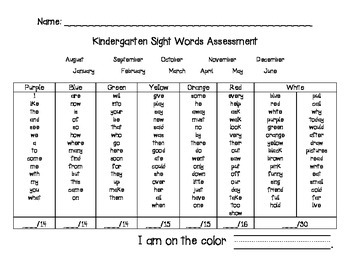

The third 100 Fry words are: above add almost along always began begin being below between book both car carry children city close country cut don’t earth eat enough every example eyes face family far father feet few food four girl got group grow hard head hear high idea important Indian it’s keep last late leave left let life light list might mile miss mountains near never next night often once open own paper plant real river run saw school sea second seem side something sometimes song soon start state stop story talk those thought together took tree under until walk watch while white without young Although these words have likely appeared in texts already, increased recognition will help with reading fluency now and in the future. The age range for these grades is typically 8-9. Students in the late second grade through third grade are better at decoding words but memorizing this next set gives additional confidence in reading. Looking for additional practice when it comes to learning your Fry’s second 100 sight words? You can view it here. These are the second set of Fry words: after again air also America animal another answer any around ask away back because before big boy came change different does end even follow form found give good great hand help here home house just kind know land large learn letter line little live man me means men most mother move much must name need new off old only our over page picture place play point put read right same say sentence set should show small sound spell still study such take tell things think three through too try turn us very want well went where why work world years Reading these words should be automatic and easy, enabling students to focus on only unknown words in a text. Students in these grade levels are 7-8 years old. Keep practicing and we will try them again next time!” (Sometimes, if I have a few minutes during morning work time, I’ll also have kids read their lists to me.Building upon the previous list, the second set of words is generally mastered during the first and second-grade years. Then, since the STUDENT is the one doing the tracking, she simply sends the child off to color in their game board, OR, tells the student “That was a great try. The student brings the teacher the assessment list and reads it while the teacher checks off the ones that were read correctly. This seems to be enough time for all students to get assessed (since the word list only has 10 words at a time, it goes FAST!!!).


However, the EASIEST way, and the one I will stick to in the future, is to get a parent volunteer, or an aide, available for just 20-30 minutes every Friday during Daily 5 time. I’ve done this two different ways: I’ve set aside one round of Daily 5 time on Fridays and used it as “Assessment Time.” This could mean sight word assessments or other report card and district “one-on-one” assessments I need to accomplish. I found that the easiest way for me to keep up with the assessments is to allow students to take their sight word assessment tests on Fridays. I’ve honestly changed the day and time (and how) I assess sight words every year in my room! This often varies depending on our schedule from year to year.


 0 kommentar(er)
0 kommentar(er)
